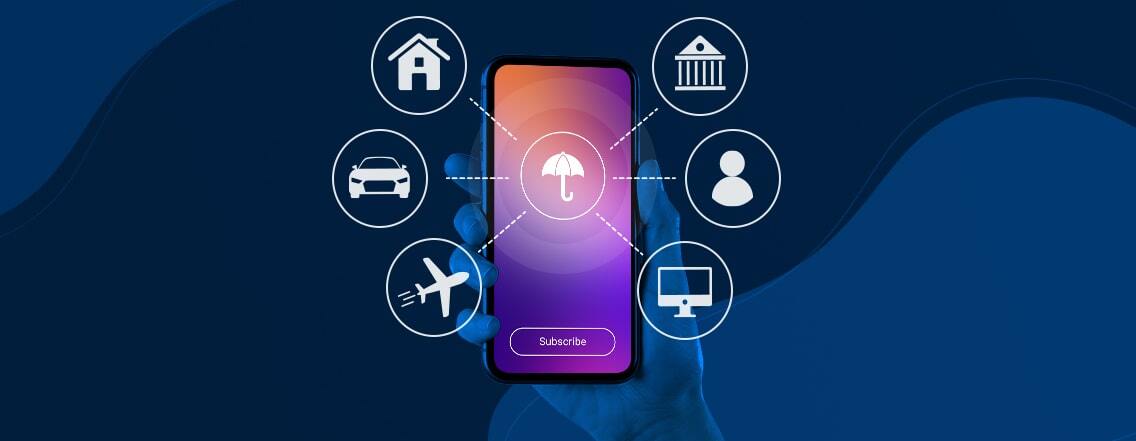In an increasingly competitive world, a new development trend for technology companies is becoming apparent: collaboration between FinTech and InsurTech companies. FinTech specialists can take advantage of InsurTech partnerships to increase their income and provide their customers with added value. For the other party, these links can provide an extensive and committed user base.
FinTech and InsurTech, joining forces to go further
The FinTech revolution has started and insurance companies are aware of this.
However, there is a gap between the perceived amount of innovation and the insurers’ willingness to invest: 43% of the industry players say they have incorporated FinTechs as their core business strategy. Nevertheless, only 28% exploit partnerships with FinTech companies, and fewer than 14% participate actively in incubator initiatives and/or programs.
The insurance sector is committed to identifying the best strategies with which to face the challenges arising from market developments. Each stage must now be optimized and ‘100% consumer centric’ and offer a frictionless experience adapted to the customer’s needs. Customers expect insurers to offer simplicity and accessibility. To that end, insurance companies need to concentrate on providing a high quality service that is increasingly conditioned by the possibility of offering a convenient and innovative payment system, economically speaking.
This is what enables a collaboration between FinTech and InsurTech structures. Apart from the acceleration this provides, the whole concept of interaction and development accompanying changes in consumer behavior also needs to be taken into consideration. Such developments also call for an understanding of the new technologies and how they should interact with consumers’ everyday life.
Many examples of this type of partnership underline this point. Take for example that of Assurly, positioned in credit insurance, which recently partnered with SlimPay in order to offer an optimized customer experience. The two companies, joined forces, technologies and know-how to give power back to their clients. This synergy is based on the creation of a complete experience of digitization and automation for consumers.
Securitization: essential recognition
One of the most important roles in the link between these two realities is certainly that played by PSD2, the second Payment Services Directive. It aims to introduce new rules and new roles in the European payments ecosystem.
Thanks to this (and also to Open Banking), all the banks must open up access to their accounts for approved third party players via API, by means of two types of services:
- AISP or Account Information Service Provider
This is the possibility of accessing information about the consumer’s bank account, which enables insurers to offer clients targeted and specialist offers, as well as a complete service adapted to their profile.
- PISP, or Payment Initiation Service Provider
This means the possibility of initiating a payment by bank transfer in the consumer’s name to a merchant (in our case an insurer). This payment method is obviously subject to the consumer’s agreement.
That means recognition of the perceived value at the right time. As a result an attractive center is established where recognition of a dynamic new market will call customer confidence into play. To protect this newly created relationship and protect the company, the products and/or services must be transparent and understood by all.
In these collaborations, FinTech and InsurTech companies combine their agility and digital capabilities to go further and transform these sectors even more.




